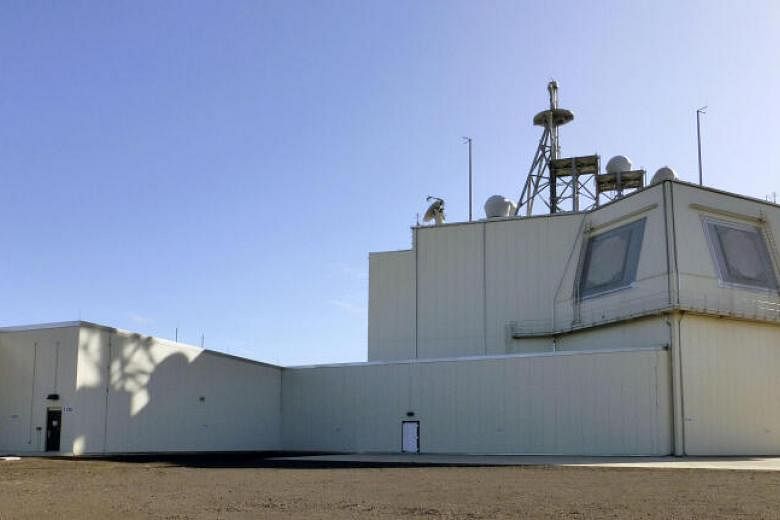TOKYO (THE YOMIURI SHIMBUN/ASIA NEWS NETWORK) - The change in missile defence policy must not lead to a decline in deterrence. In light of changes in the security environment, it is vital to improve response capabilities.
Instead of introducing the land-based Aegis Ashore missile interception system, the government has decided to build two new destroyers with the same equipment as Aegis Ashore and aims to introduce them in five years' time.
Together with the current eight Aegis-equipped destroyers, the two destroyers will serve as central to the missile defence system.
The Defence Ministry initially planned to deploy Aegis Ashore in Akita and Yamaguchi prefectures in fiscal 2023, with ballistic missiles launched by North Korea in mind.
The ministry placed importance on the advantages of this state-of-the-art equipment that can cover a wide area.
It also intended to reduce the burden on the Maritime Self-Defence Force, which is conspicuously understaffed, as Aegis Ashore was to be operated by the Ground Self-Defence Force.
However, the plan was abruptly abandoned in June this year on the grounds that missile boosters may fall on residential areas. It must be said that technical verification was insufficient.
As an alternative, the government considered using the system on private commercial vessels or at offshore facilities, but it decided that using Self-Defence Force (SDF) vessels would allow flexible operations in areas such as the waters around the Nansei Islands.
It is not good if confusion continues because there is a lack of policy over choice of equipment.
One of the issues to be addressed in introducing the destroyers is the securing of crew members.
The ministry is trying to overcome this problem by gradually raising the retirement age for SDF personnel. It is also necessary to increase recruitment by improving the working conditions of personnel.
Moreover, there is a need to utilise female SDF members and former members.
The security environment surrounding Japan is becoming increasingly severe. North Korea has repeatedly conducted tests of missiles that fly on irregular trajectories and are difficult to intercept.
China has also been developing a variety of high-performance missiles.
In September, before he left office, former Prime Minister Shinzo Abe issued a statement saying that the government would finalise a new policy on missile interdiction to enhance deterrence by the end of this year.
The announcement was made with a view to developing the capability to attack enemy bases in other countries' territories.
However, the Cabinet of Prime Minister Yoshihide Suga has postponed making a decision, only coming up with a plan in which the government will continue to study the strengthening of deterrence.
Many within the Liberal Democratic Party believe that the prime minister gave consideration to Komeito, which is cautious about possessing attack capabilities.
The prime minister needs to take the various threats seriously. If Komeito is opposed to the idea of possessing enemy base attack capabilities, Mr Suga should persistently explain the importance of strengthening Japan's defence capabilities and gain their understanding.
That is his responsibility as the leader in charge of national politics.
The Yomiuri Shimbun is a member of The Straits Times media partner Asia News Network, an alliance of 23 news media organisations.

